The rising earth beneath the Antarctic Ice Sheet will likely become a major factor in future sea level rise, a new study suggests.
Tag: Glaciers
Retreat of tropical glaciers foreshadows changing climate’s effect on the global ice
As they are in many places around the globe, glaciers perched high in the Andes Mountains are shrinking. Now, researchers at the University of Wisconsin–Madison and their collaborators have uncovered evidence that the high-altitude tropical ice fields are likely smaller than they’ve been at any time since the last ice age ended 11,700 years ago.
New discovery suggests significant glacial retreat in West Antarctica began in 1940s
Among the vast expanse of Antarctica lies the Thwaites Glacier, the world’s widest glacier measuring about 80 miles on the western edge of the continent.
Glacier melting destroys important climate data archive
As part of the Ice Memory initiative, researchers analysed ice cores drilled in 2018 and 2020 from the Corbassière glacier at Grand Combin in the canton of Valais. A comparison of the two sets of ice cores published in Nature Geoscience shows: Global warming has made at least this glacier unusable as a climate archive.
Greenland’s ice shelves have lost more than a third of their volume
The largest floating ice shelves in the polar ice sheet have lost more than a third of their volume since 1978.
Laser-based ice-core sampling for studying climate change
Researchers led by Yuko Motizuki from the Astro-Glaciology Laboratory at the RIKEN Nishina Center in Japan have developed a new laser-based sampling system for studying the composition of ice cores taken from glaciers.
‘Canary’ documentary featuring Ohio State scientist delivers climate message
Lonnie Thompson has perhaps spent more time at the top of the world than anyone else on the planet.
Turning the Tide on Climate Change
From the thousands of feet of frozen glaciers to the rising seas off Savannah’s coast, Georgia Institute of Technology researchers are measuring, modeling, and predicting just how climate change is impacting our oceans.
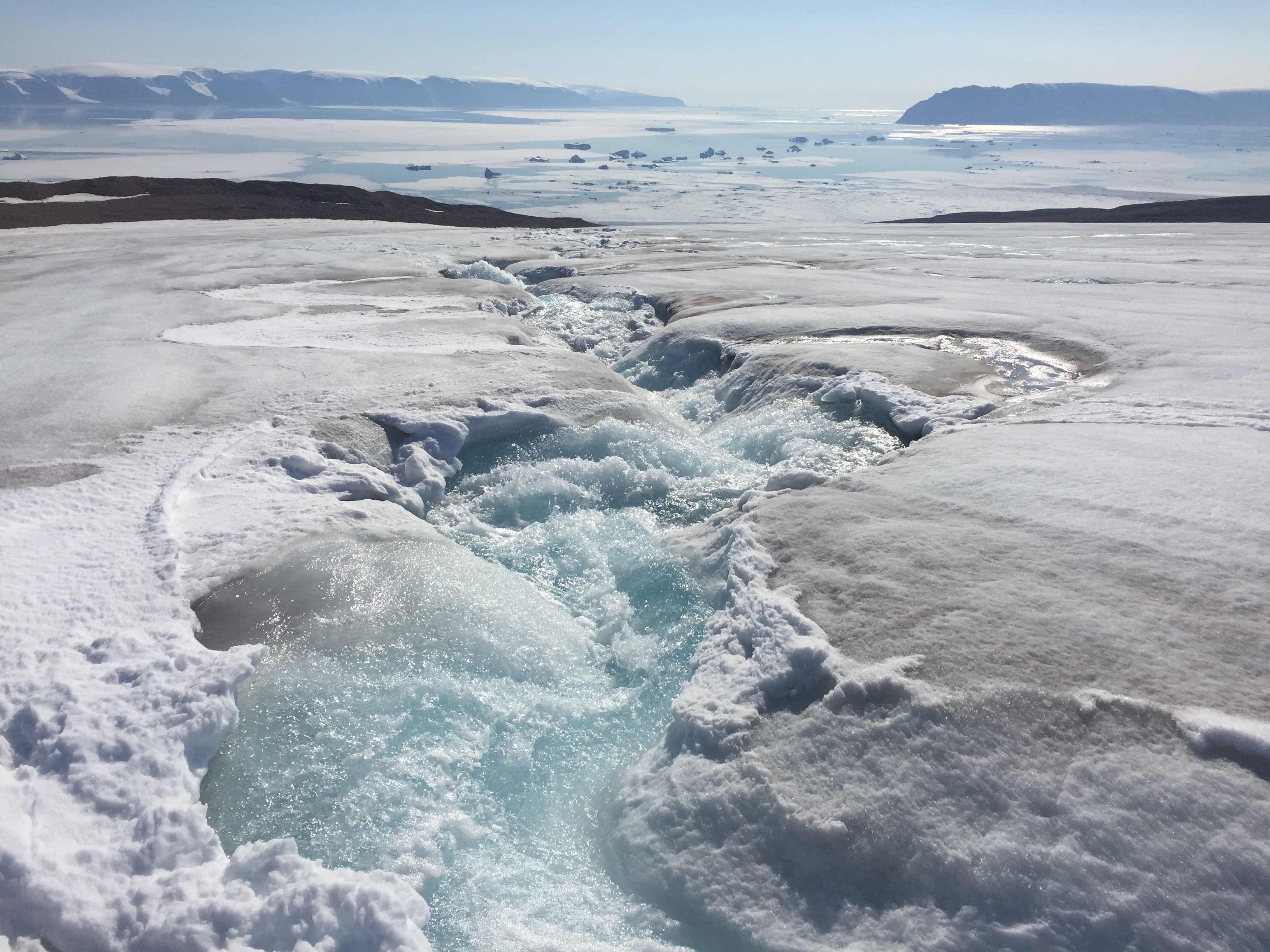
Cheap and effective monitoring of glacier discharge
Acoustic signals can be effectively used for monitoring glacial runoff and provide a cheaper and more accessible alternative to existing methods.
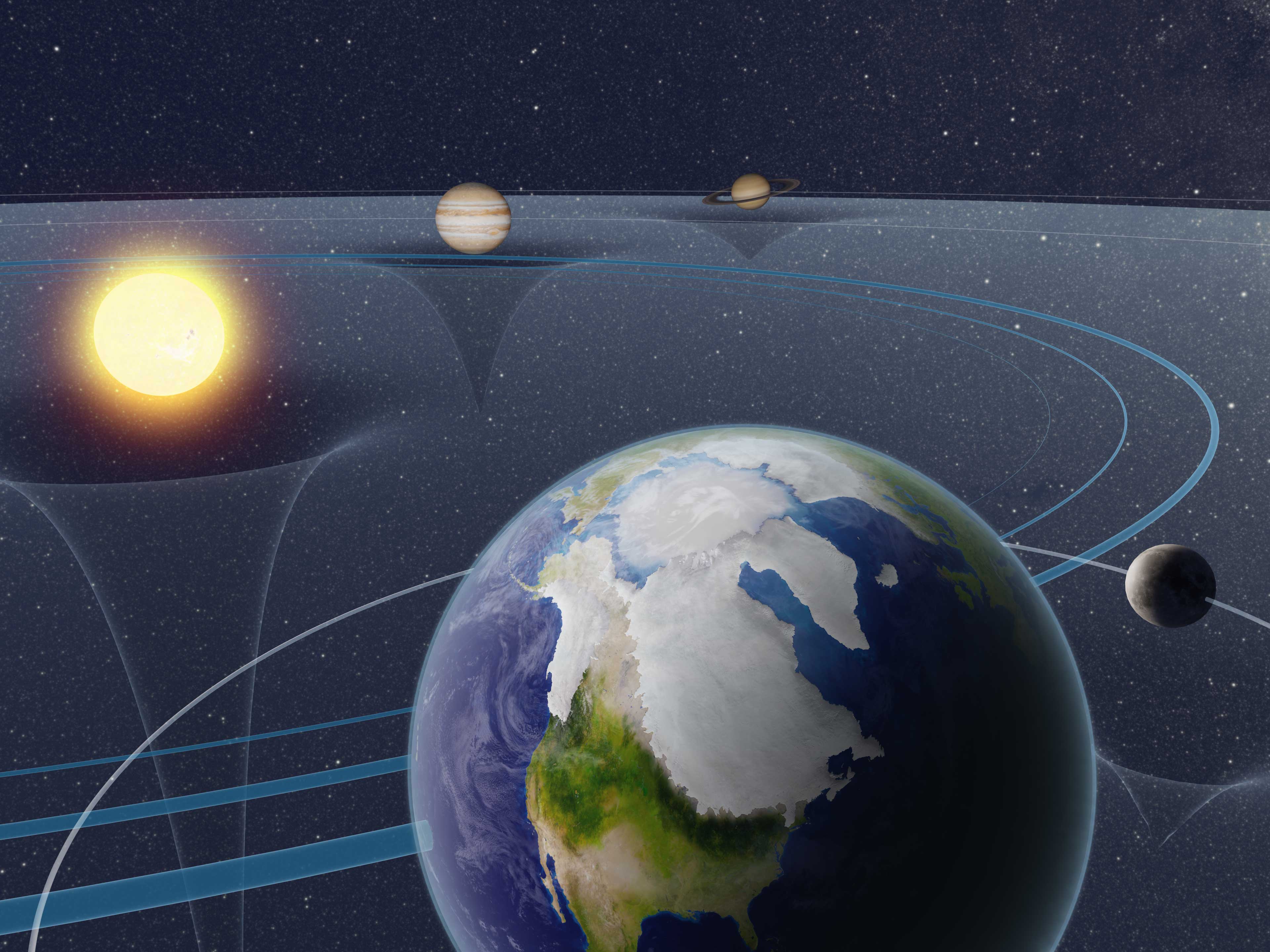
Out of this world control on Ice Age cycles
A research team, composed of climatologists and an astronomer, have used an improved computer model to reproduce the cycle of ice ages (glacial periods) 1.6 to 1.2 million years ago. The results show that the glacial cycle was driven primarily by astronomical forces in quite a different way than it works in the modern age. These results will help us to better understand the past, present, and future of ice sheets and the Earth’s climate.
Researchers discover that the ice cap is teeming with microorganisms
There are no plants, and only very few animals: people rarely come here. The large glaciers in Greenland have long been perceived as ice deserts. Gigantic ice sheets where conditions for life are extremely harsh.
A once-stable glacier in Greenland is now rapidly disappearing
As climate change causes ocean temperatures to rise, one of Greenland’s previously most stable glaciers is now retreating at an unprecedented rate, according to a new study.
Hidden ice melt in Himalaya: Study
A new study reveals that the mass loss of lake-terminating glaciers in the greater Himalaya has been significantly underestimated, due to the inability of satellites to see glacier changes occurring underwater, with critical implications for the region’s future projections of glacier disappearance and water resources.
Researchers find several oceanic bottom circulation collapses in the past 4.7 million years
Antarctic bottom water (AABW) covers more than two-thirds of the global ocean bottom, and its formation has recently decreased. However, its long-term variability has not been well understood.
Desert dust collected from glacier ice helps document climate change
Researchers from The Ohio State University are using dust trapped in glacier ice in Tibet to document past changes in Earth’s intricate climate system – and maybe one day help predict future changes.
Seasonal change in Antarctic ice sheet movement observed for first time
Some estimates of Antarctica’s total contribution to sea-level rise may be over- or underestimated, after researchers detected a previously unknown source of ice loss variability.
New study calculates retreat of glacier edges in Alaska’s Kenai Fjords National Park
A new study measured 38 years of change for glaciers in Kenai Fjords National Park, which lies south of Anchorage, and found that 13 of 19 glaciers show substantial retreat, four are relatively stable, and two have advanced. It also finds trends in which glacier types are disappearing fastest.
Researchers use lasers to get a new view on Oregon’s glaciers
The latest technology to study glaciers fits in a backpack and can be carried up steep mountains. University of Oregon researchers have developed a portable tool that uses lasers to measure the composition of glacial ice, data that can help determine how fast that ice is melting. The instrument can be used to study glaciers in remote wilderness areas, like those in Oregon’s Cascade Mountains. And it can help verify satellite data collected about bigger glaciers, like those in Greenland and Antarctica.
Climate changes lead to water imbalance, conflict in Tibetan Plateau
Climate change is putting an enormous strain on global water resources, and according to researchers, the Tibetan Plateau is suffering from a water imbalance so extreme that it could lead to an increase in international conflicts.
In sediments below Antarctic ice, scientists discover a giant groundwater system
Many scientists say that liquid water is a key to understanding the behavior of the frozen form found in glaciers.
Direct measurement of optical properties of glacier ice using a photon-counting diffuse LiDAR
Physicists from the University of Oregon’s Oregon Center for Optical Molecular and Quantum Science along with glaciologists from the Department of Geography as well as the Oregon Glacier Institute spent the last year developing a new measurement technique to investigate…
Russian Arctic Losing Billions of Tons of Ice as Climate Warms
Glaciers and ice caps in two archipelagos in the Russian Arctic are losing enough meltwater to fill nearly five million Olympic-size swimming pools each year, research shows.
RESEARCHERS FIND GREENLAND GLACIAL MELTWATERS RICH IN MERCURY
New research from Florida State University shows that concentrations of the toxic element mercury in rivers and fjords connected to the Greenland Ice Sheet are comparable to rivers in industrial China, an unexpected finding that is raising questions about the effects of glacial melting in an area that is a major exporter of seafood.

Global warming found to be culprit for flood risk in Peruvian Andes, other glacial lakes
Human-caused warming is responsible for increasing the risk of a glacial outburst flood from Peru’s Lake Palcacocha, threatening the city below. This study is the first to directly link climate change with the risk of flooding from glacial lakes, which are growing in number and size worldwide.
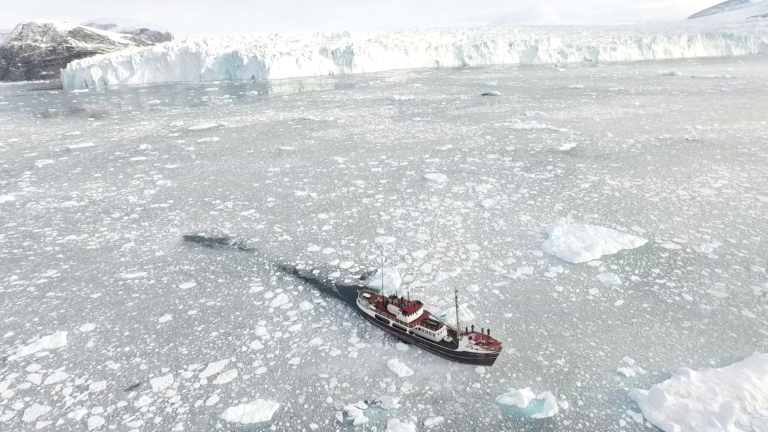
Increasing ocean temperature threatens Greenland’s ice sheet
Irvine, Calif., Jan. 25, 2021 — Scientists at the University of California, Irvine and NASA’s Jet Propulsion Laboratory have for the first time quantified how warming coastal waters are impacting individual glaciers in Greenland’s fjords. Their work is the subject of a study published recently in Science Advances. Working under the auspices of the Oceans Melting Greenland mission for the past five years, the researchers used ships and aircraft to survey 226 glaciers in all sectors of one of Earth’s largest islands.
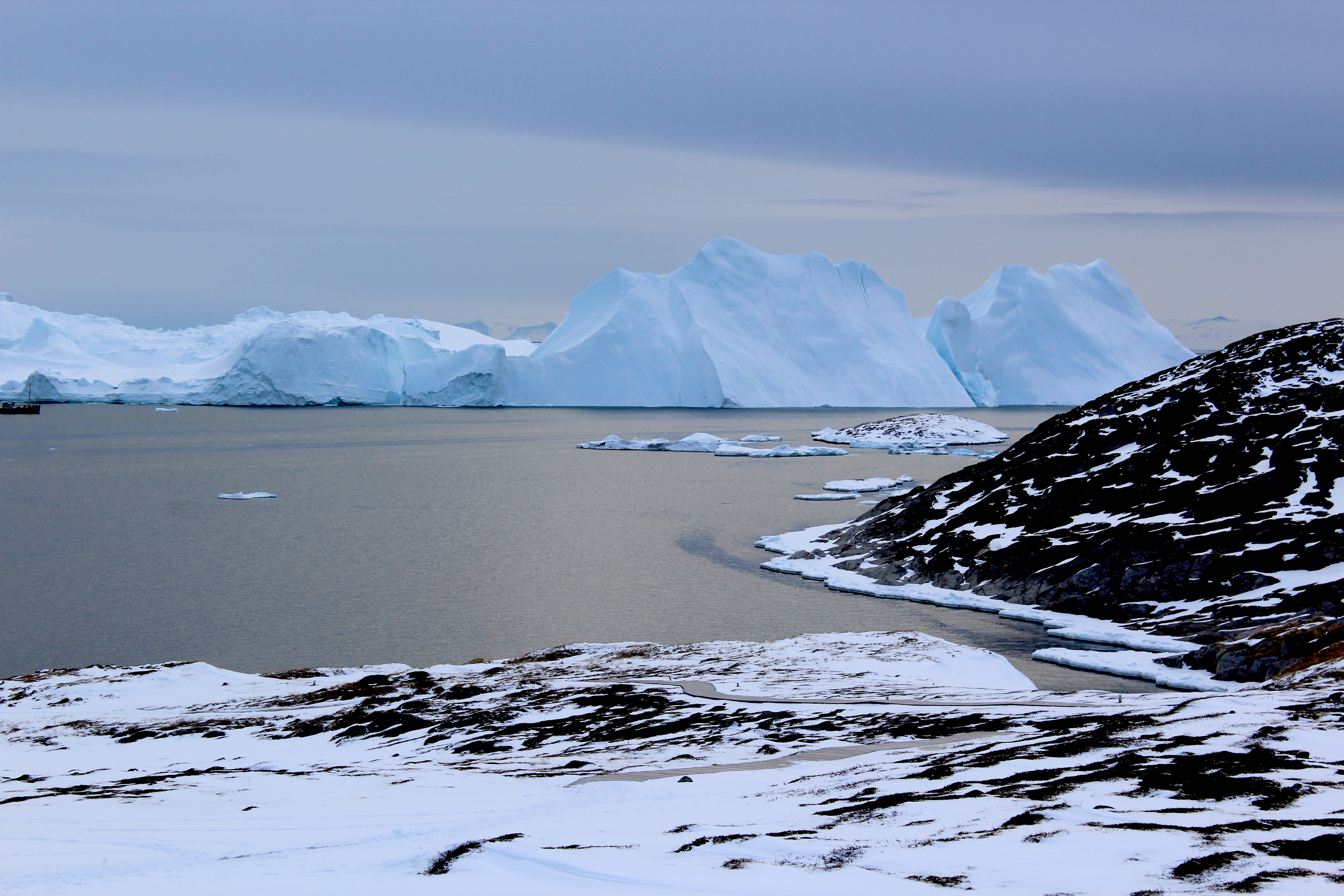
Warming Greenland ice sheet passes point of no return
Nearly 40 years of satellite data from Greenland shows that glaciers on the island have shrunk so much that even if global warming were to stop today, the ice sheet would continue shrinking.
Global glacier melt raises sea levels and depletes once-reliable water source
Irvine, Calif., June 1, 2020 – The melting of glaciers and ice caps in places as diverse as the Himalayas and Andes mountain ranges, the Svalbard island group and the Canadian Arctic Archipelago has the dual effect of raising global sea levels and depleting freshwater resources that serve millions of people around the world.

Glaciologists’ experiments lead to slip law for better forecasts of glacier speed, sea-level rise
Backed by a decade of experiments that simulate the huge forces involved in glacier sliding, glaciologists have written a “slip law” that can be used in computer models of glacier movement and sea-level rise.
East Antarctica’s Denman Glacier has retreated almost 3 miles over last 22 years
Irvine, Calif., March 23, 2020 – East Antarctica’s Denman Glacier has retreated 5 kilometers, nearly 3 miles, in the past 22 years, and researchers at the University of California, Irvine and NASA’s Jet Propulsion Laboratory are concerned that the shape of the ground surface beneath the ice sheet could make it even more susceptible to climate-driven collapse.
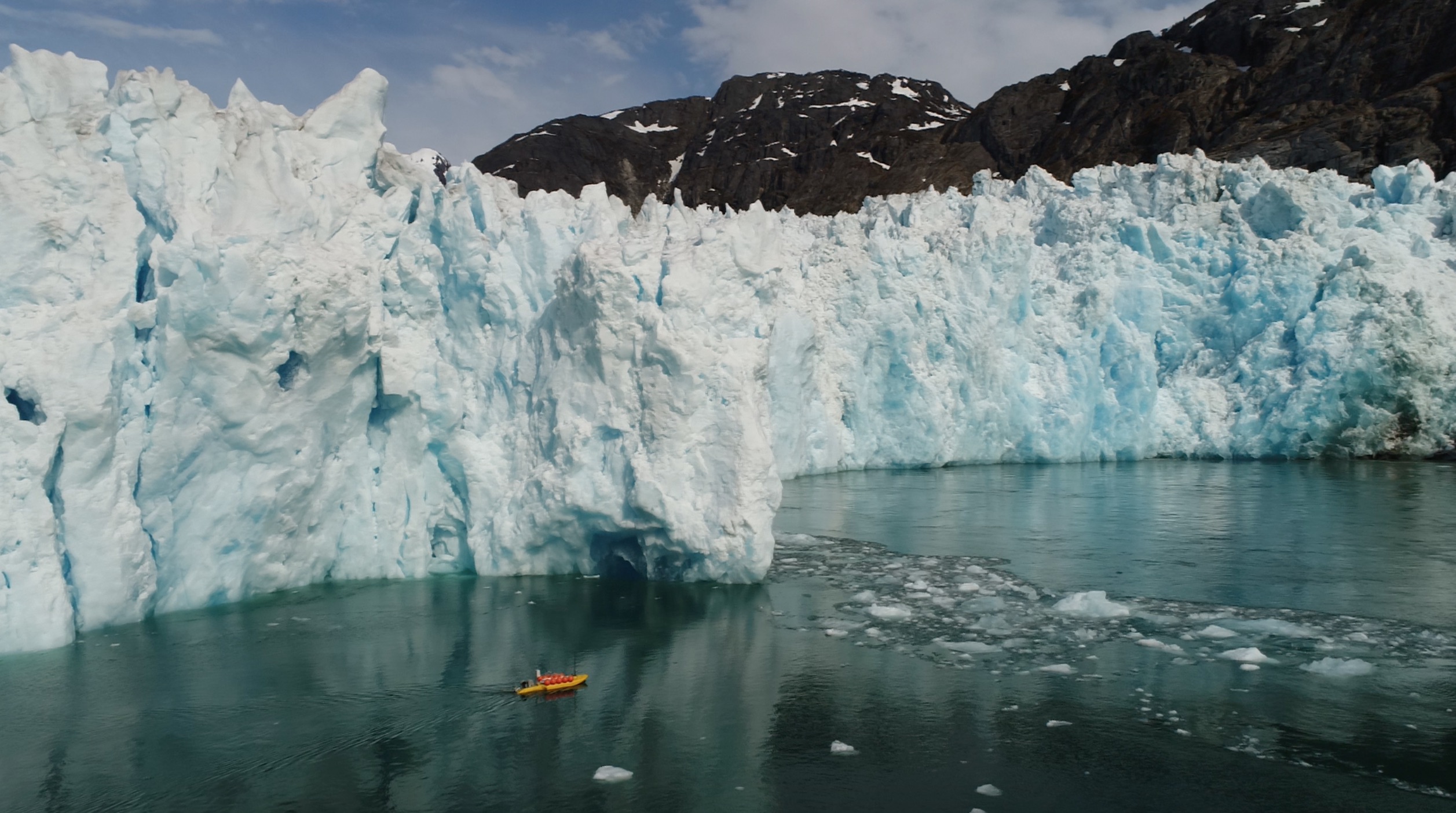
Scientists Find Far Higher than Expected Rate of Underwater Glacial Melting
Tidewater glaciers, the massive rivers of ice that end in the ocean, may be melting underwater much faster than previously thought, according to a Rutgers co-authored study that used robotic kayaks. The findings, which challenge current frameworks for analyzing ocean-glacier interactions, have implications for the rest of the world’s tidewater glaciers, whose rapid retreat is contributing to sea-level rise.
UCI-led team releases high-precision map of Antarctic ice sheet bed topography
Irvine, Calif., Dec. 12, 2019 – A University of California, Irvine-led team of glaciologists has unveiled the most accurate portrait yet of the contours of the land beneath Antarctica’s ice sheet – and, by doing so, has helped identify which regions of the continent are going to be more, or less, vulnerable to future climate warming.
Highlighting the importance and vulnerability of the world’s water towers
A new Nature study provides insight into the world’s natural water towers, which are crucial to the welfare of 1.9 billion people.
Tulane scientist embarks on mission to Florida-sized glacier
Geologist Brent Goehring is joining researchers from across the U.S. and the U.K. to research sea-level rise